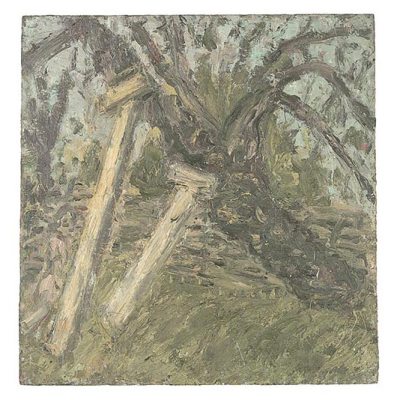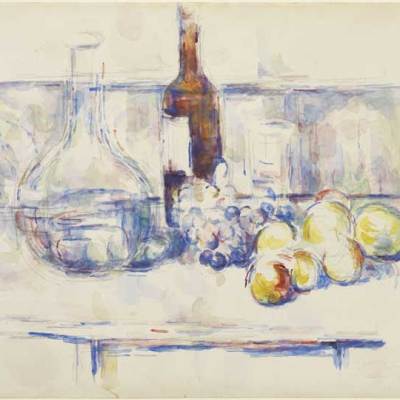An exhibition of treasures from Naples opens this week at the Musée Maillol in Paris. The Italian city’s collection of decorative art, painting and devotional objects – tributes to their patron Saint Januarius – is believed to be worth more than the Crown Jewels, and has been amassed over seven centuries. Paolo Jorio, the director of the Museo del Tesoro di San Gennaro (which houses the collection), told us more.
Click here for a gallery of highlights from the exhibition
What makes this a distinctive show?
The exhibition is unique. It consists of part of a collection of items, gathered in Naples from the year 1305 onwards, that is now in a single museum, the Museo del Tesoro di San Gennaro in Naples. The collection bears witness to the incredible history of religion and faith in Naples, but also of seven centuries of Neopolitan art and culture.
How did you come to curate this exhibition?
For about 20 years I studied San Gennaro’s treasures with a view to opening the museum in Naples. In 2003 I achieved that and acted as the museum’s director. The second goal was to promote and celebrate these wonderful masterpieces and to let people know about the extraordinary, beautiful items made by famous Neapolitan artists.
What is likely to be the highlight of the exhibition?
The exhibition is a full immersion in seven centuries of art, culture and creativity, and includes wonderful golden objects and silver statues. The great surprises are the mitre (Matteo Treglia 1713) – one of the most precious jewels in the world with 3964 precious stones – and the necklace of San Gennaro, made by assembling jewels that were donated by kings, queens and emperors over a period of 250 years, beginning in 1679.
And what’s been the most exciting personal discovery for you?
The relationship between Paris and Naples, from the Anjou dynasty that in 1305 realised the first gift for San Gennaro (the golden and jewelled bust of San Gennaro, made by four Provençal goldsmiths) to the marriage between the King of Naples Joachim Murat and Caroline Bonaparte in the 19th century. And even the fact that in the seventh and eighth centuries Paris and Naples were – with London – the most important European capitals whose economy, arts and culture attracted some of the most famous artists in the world.
What’s the greatest challenge you’ve faced in preparing this exhibition?
Firstly, taking the treasures outside Naples and Italy for the first time in their history. Secondly, communicating the incredible relationship between the Neapolitan people and their saint protector – and their efforts to preserve and to defend their treasure of San Gennaro.
How are you using the gallery space? What challenges will the hang/installation pose?
We were aware that San Gennaro and the history of Naples are not well known to French visitors. It’s even difficult to explain why and how this treasure was made and collected. Our goal is to explore and evaluate this collection starting with one important consideration: the Neapolitan people have lived for thousands of years beside an immense volcano, and its glowing magma has influenced their life and their destiny. Vesuvius is a potentially catastrophic natural entity, against which the Neapolitans have invoked a supernatural entity to protect them: San Gennaro. The challenge has been to explain this phenomenon and to explore its different emotional levels.
Which other works would you have liked to have included?
Many, many others. There are thousands of masterpieces, but I have learnt that the best way to communicate is to synthesise. If someone wants to deepen their own knowledge I suggest they come to Naples itself as well, to breathe centuries of history. This is the Treasure of Naples.
‘The Treasure of Naples’ is at the Musée Maillol, Paris, from 19 March–20 July.





